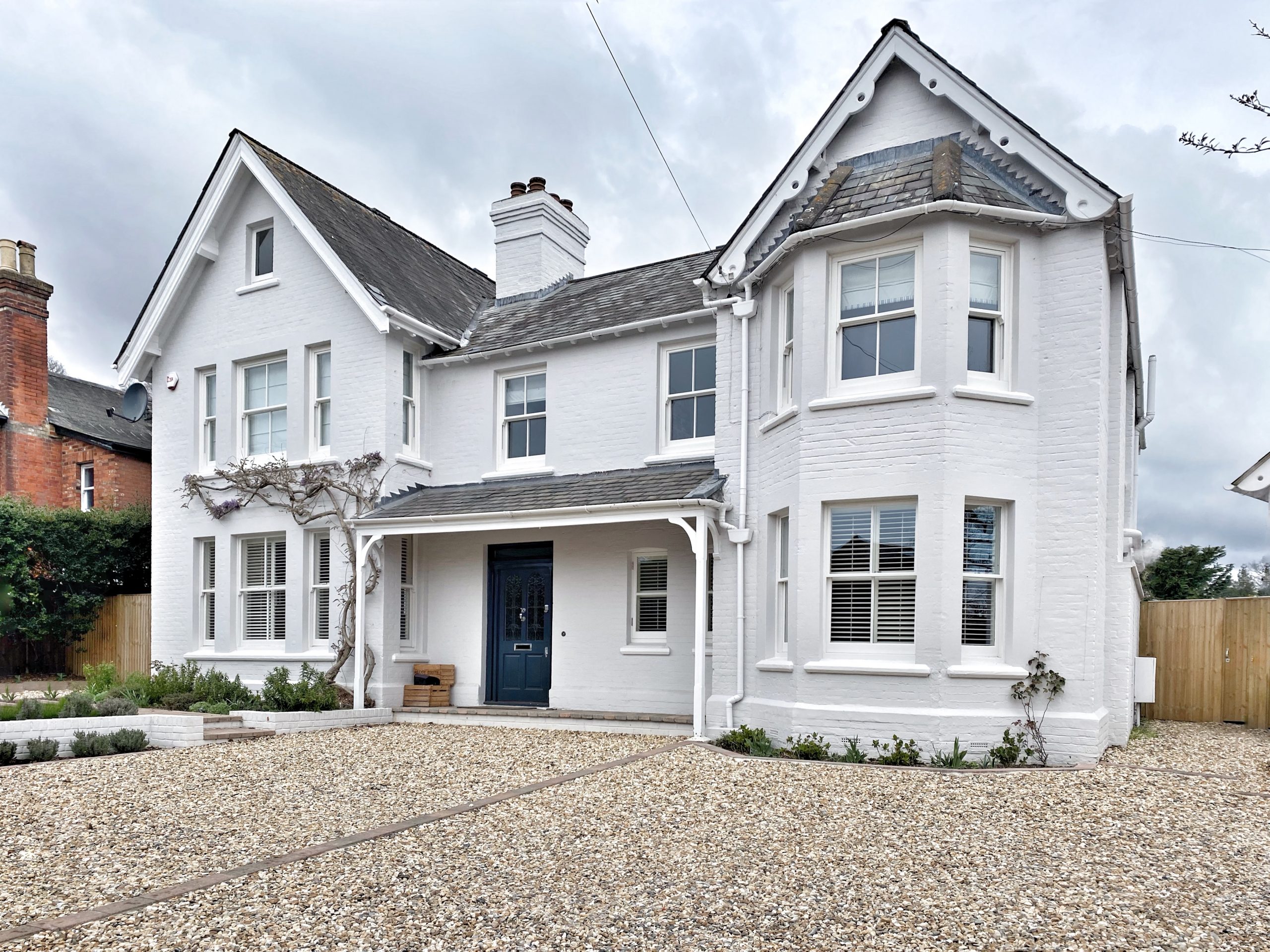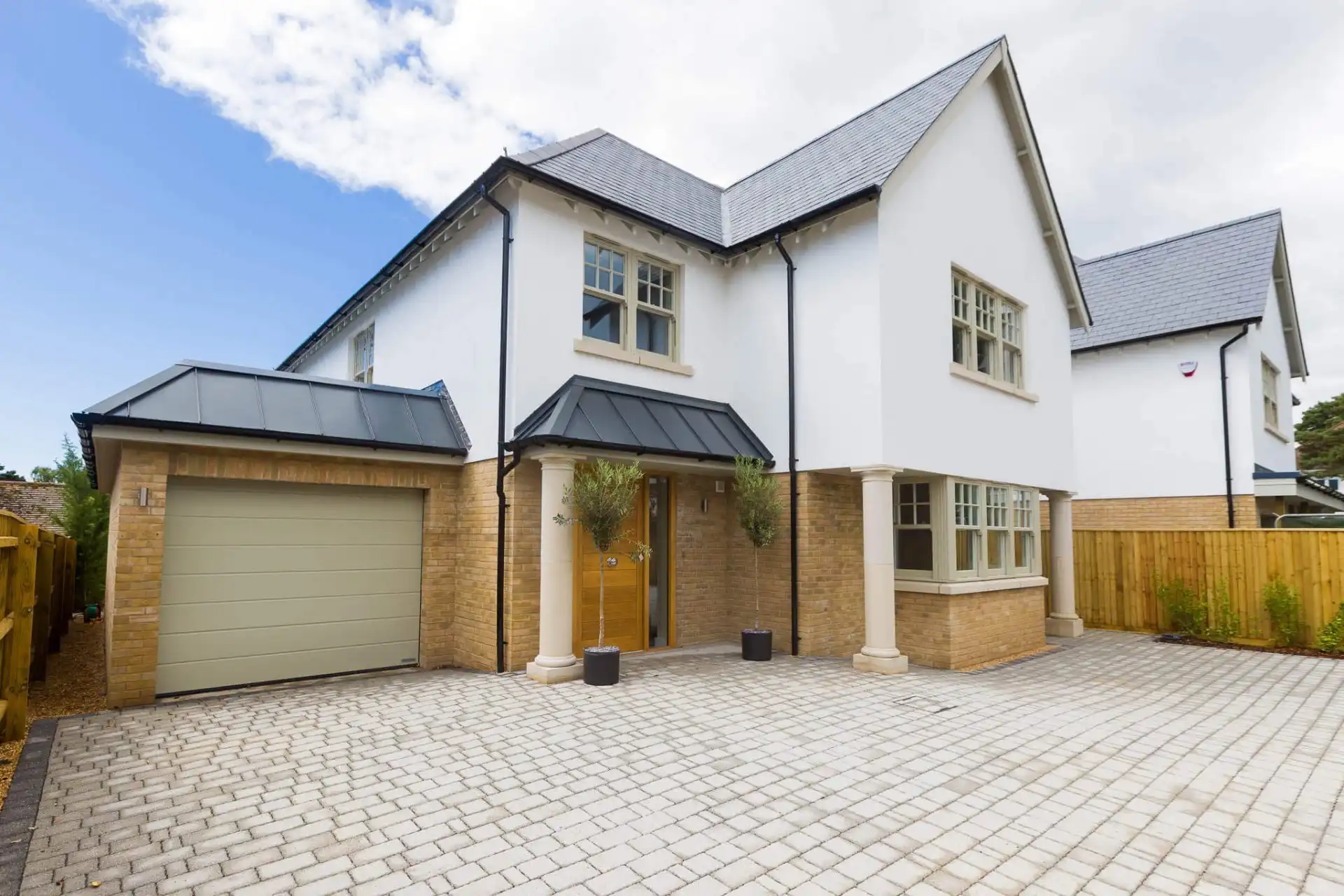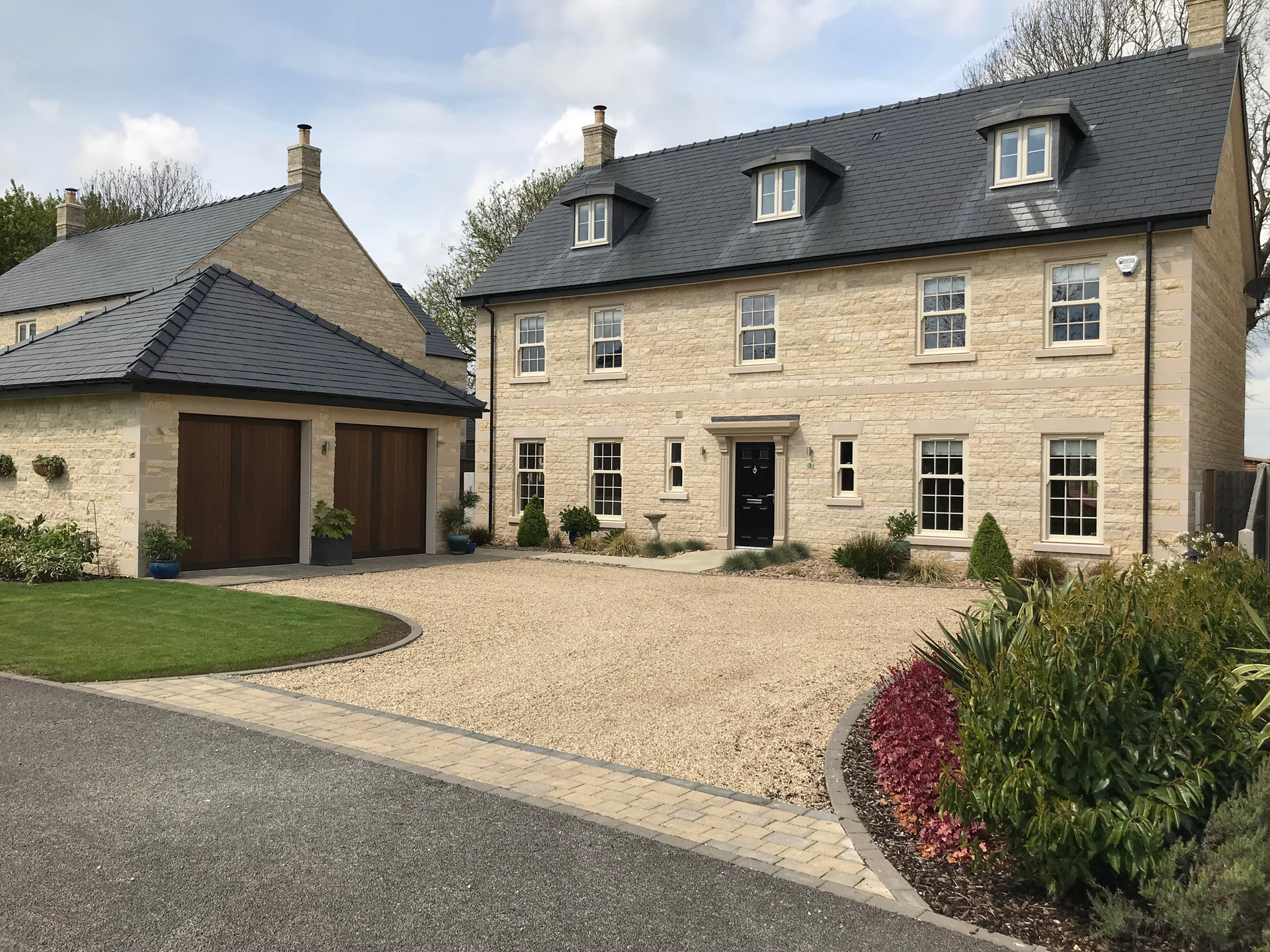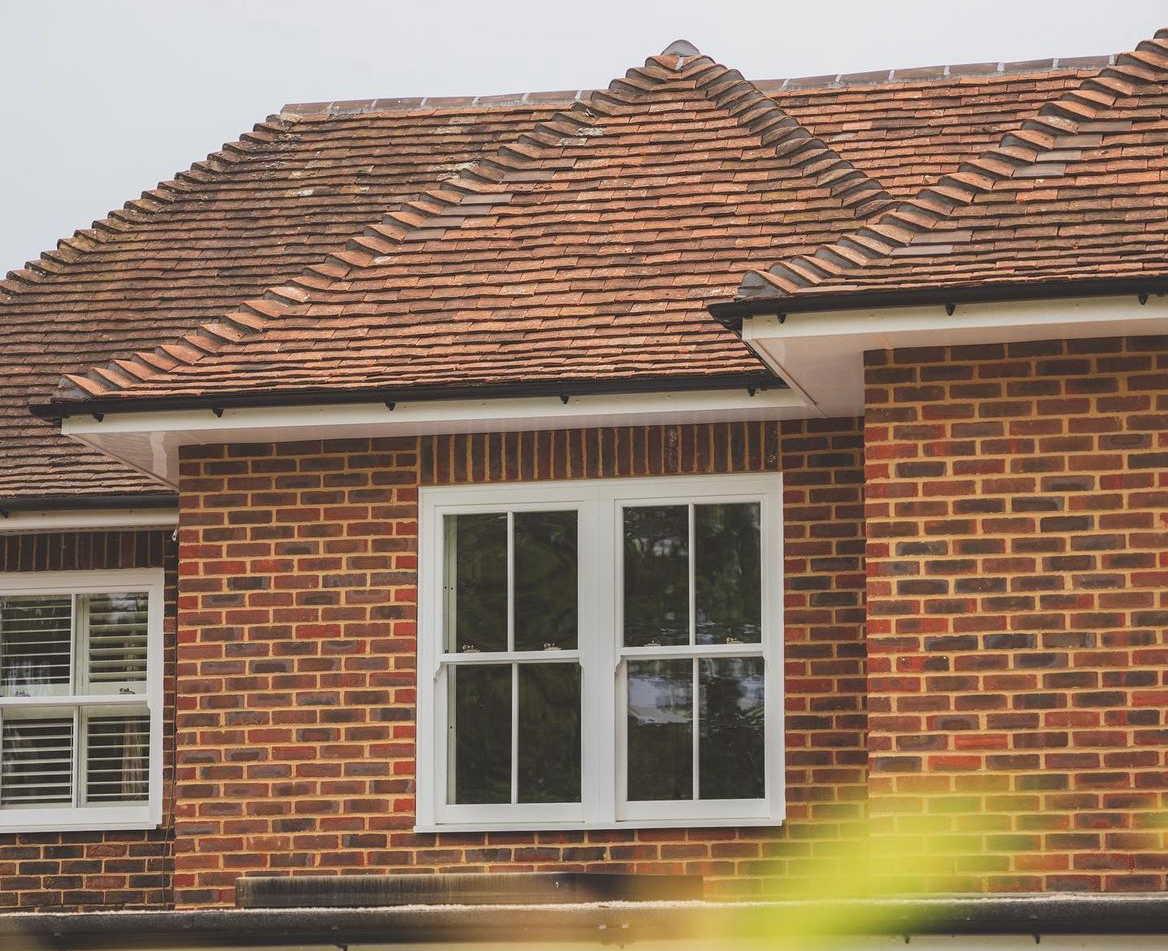
Modern uPVC Windows Mechanical Joints: Why Do They Matter?
One of the most distinctive features of Heritage Rose and Ultimate Rose from our uPVC window collection is the use of mechanical joints. Which enables Roseview to maintain the traditional sash window designs. However, there is more to mechanical joints than just enhancing the design of our uPVC sash windows.
In this article, Rose Collection will discuss the use of mechanical joints in modern uPVC windows as well as their unique benefits.
What Are Mechanical Joints?
For hundreds of years, timber sash windows have been made using the same traditional woodworking and joinery techniques. One of the most distinctive of these techniques was the mechanical joint, which holds the four corners of the sash windows together.
Traditionally, these mechanical joints were called Mortise and Tenon, where the ‘Tenon’ tongue, an extruding piece of wood on the end of a timber profile, is inserted into the ‘Mortise’ hole and locked in place with screws or glue.
It’s important to remember that in the days before high security locks and electric central heating systems, these mechanical joints added extra durability, security and thermal insulation to a property without compromising on aesthetics.
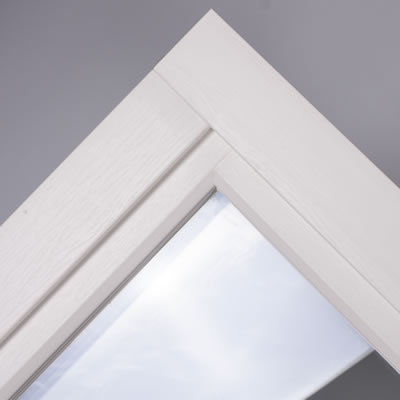
Why Do Mechanical Joints Matter in Modern uPVC?
When modern uPVC began to replace timber as the material of choice, many sash window manufacturers found that it was easier to weld the four corners together rather than use mechanical joints, which is a highly costly and time consuming process.
However, this meant that many uPVC windows lost the authentic heritage appearance that many homeowners valued timber sash windows for.
That’s why, at the Rose Collection, maintaining historical continuity in our modern uPVC sash design is crucial for us. It is also why the Heritage Rose and the Ultimate Rose uPVC windows feature mechanical joints in their structure.
Benefits of Mechanical Joints in Modern uPVC
Although uPVC is a naturally high performing material, the traditional mechanical joints of timber sash windows added an additional heritage aesthetic and innovative thermal performance, especially considering their time.
This makes it a worthwhile investment to consider for modern uPVC window designs too. Here are two benefits of using mechanical joints in modern uPVC window manufacturing.
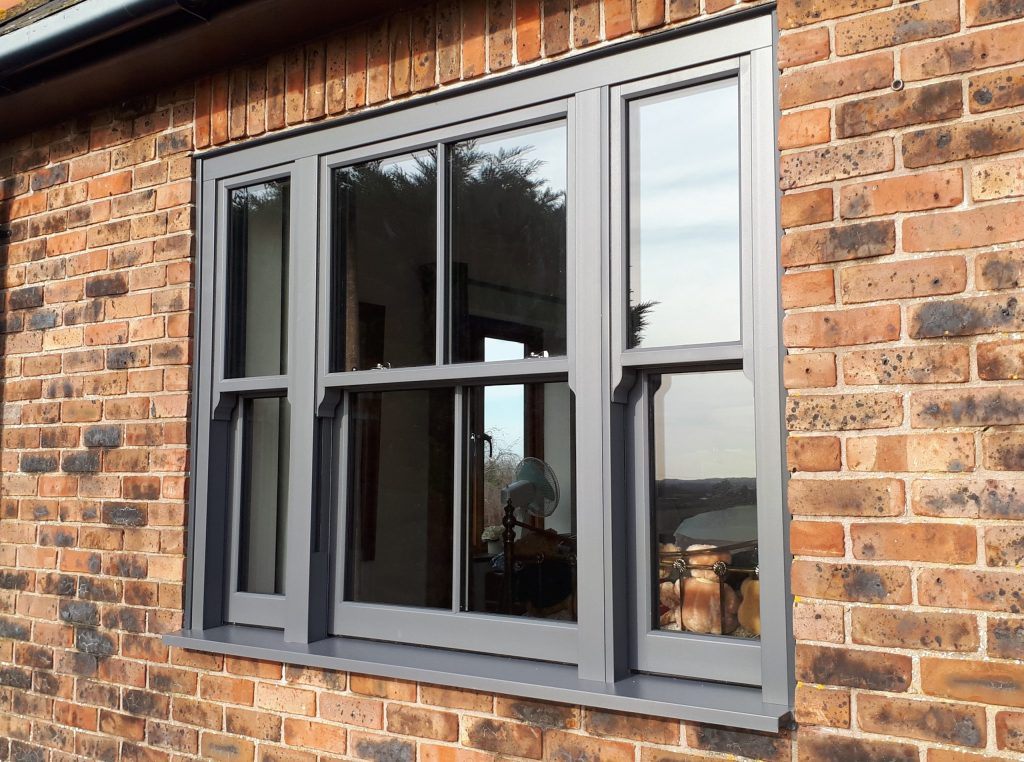
-
Maintained Durability
Modern uPVC is strong anyway, and both welded or mechanical joints maintain the overall stability of your window and improve its weather protection, thanks to the internal structure.
The benefit of mechanical joints is that they maintain the same strength as welded joints but enhance authenticity at the same time.
-
Enhanced Traditional Aesthetics
Modern uPVC sash windows that use welded joints don’t come close to the authentic aesthetics of mechanical joints. If manufactured poorly, welded joints can often look messy, untidy and tacky. In comparison, mechanical joints are hidden from view and provide a much more seamless aesthetic – perfect if you want to keep your home’s heritage charm unblemished.
Market Leading uPVC Windows From The Rose Collection
Our uPVC windows are the best on the market and can help you effectively replicate traditional sash window styles. Thanks to authentic features like mechanical joints and many more, you can customise your sash windows while maintaining energy efficiency, aesthetics, maintenance hassle, or value for money.
To find out more about Heritage, Charisma, or Ultimate Rose, feel free to contact us by filling out our online form or calling us on 01234 712 657. Alternatively, you can request a quote today by using our online designer.
Categories: uPVC Sash Windows
